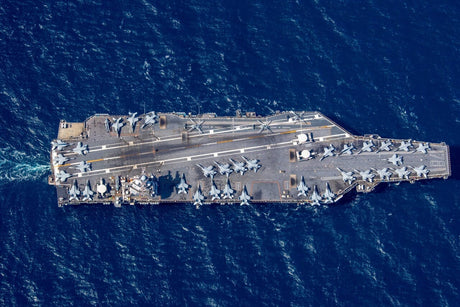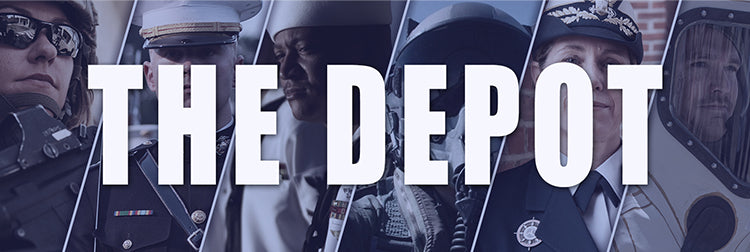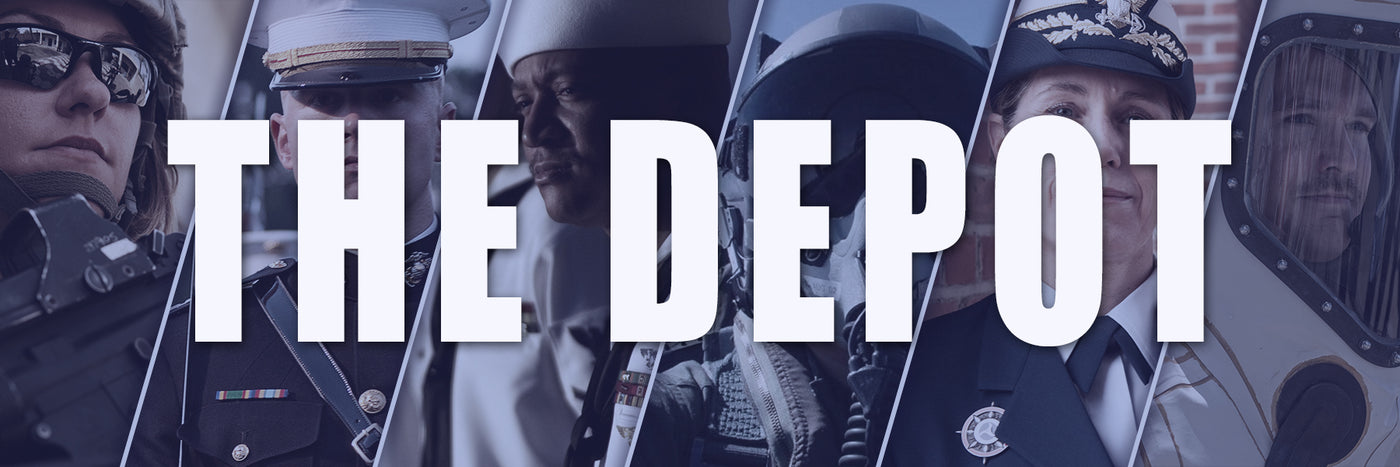
Navy Ship Names: 3 Things You Probably Didn't Know
U.S. Navy ship names traditionally have been chosen and announced by the Secretary of the Navy, under the direction of the President and in accordance with rules prescribed by Congress....
Blog Staff |

